Common Brimstone (Gonepteryx rhamni)
🦋 Common Brimstone (Gonepteryx rhamni)
The Common Brimstone is a large, lemon-yellow butterfly that’s often one of the first to be seen in spring in Europe. Belonging to the Pieridae family, it is well known for its long lifespan and leaf-like wing shape, which gives it excellent camouflage when at rest.
🔍 Identification
- Wingspan: 60–74 mm
- Males: Bright sulphur-yellow upperwings
- Females: Much paler, almost white with a greenish tint
- Both sexes: Have a small orange spot in the center of each wing
- Wing Shape: Distinctive leaf-like with pointed tips and veined texture—perfect for camouflage among foliage
🌍 Distribution & Habitat
- Range:
- Found across Europe, North Africa, and temperate Asia
- Common in the UK, central and southern Europe
- Habitat:
- Prefers woodland edges, hedgerows, gardens, and meadows
- Especially associated with Buckthorn (Rhamnus cathartica) and Alder Buckthorn (Frangula alnus), which are the host plants for its larvae
🍽️ Diet
- Adults: Feed on nectar from a variety of flowers including:
- Primroses
- Dandelions
- Thistles
- Buddleia
- Caterpillars: Eat leaves of Buckthorn species
🐣 Life Cycle
- One generation per year
- Eggs: Laid singly on buckthorn leaves
- Caterpillars: Green and well-camouflaged; feed for about a month before pupating
- Pupa: Green and attached to a plant stem or leaf
- Adults: Can live up to 13 months, making them among the longest-lived European butterflies
- Hibernate over winter in dense vegetation or ivy
- Emerge on warm days in early spring
🌟 Behavior
- Flight Period:
- Most visible from March to September
- Overwintered adults are first seen in early spring
- Flight Style:
- Strong, gliding flight
- Males often patrol areas in search of females
- Camouflage:
- Wing shape and green-yellow color allow perfect disguise when resting among leaves
✅ Conservation Status
- IUCN Red List: Least Concern
- Population trend: Stable
- Considered a common and widespread species in most of its range
📌 Summary
The Common Brimstone (Gonepteryx rhamni) is not only a harbinger of spring but also a master of disguise. Its vivid yellow wings and long lifespan make it a favorite among butterfly watchers. Strong-flying and widely distributed, it thrives where buckthorn is present and adds a bright flash of color to woodlands and gardens across Europe.
Visited 45 times, 5 visit(s) today
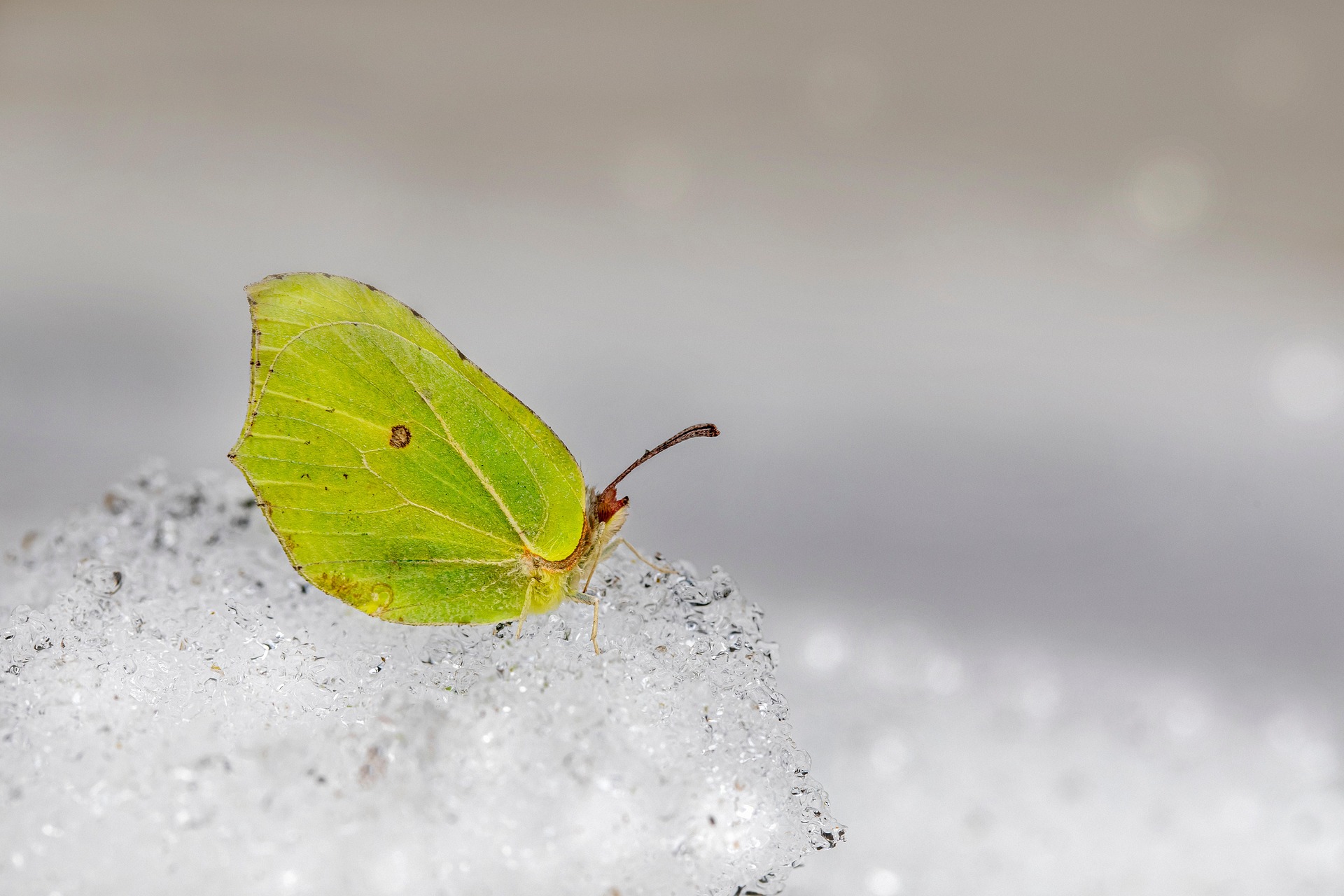
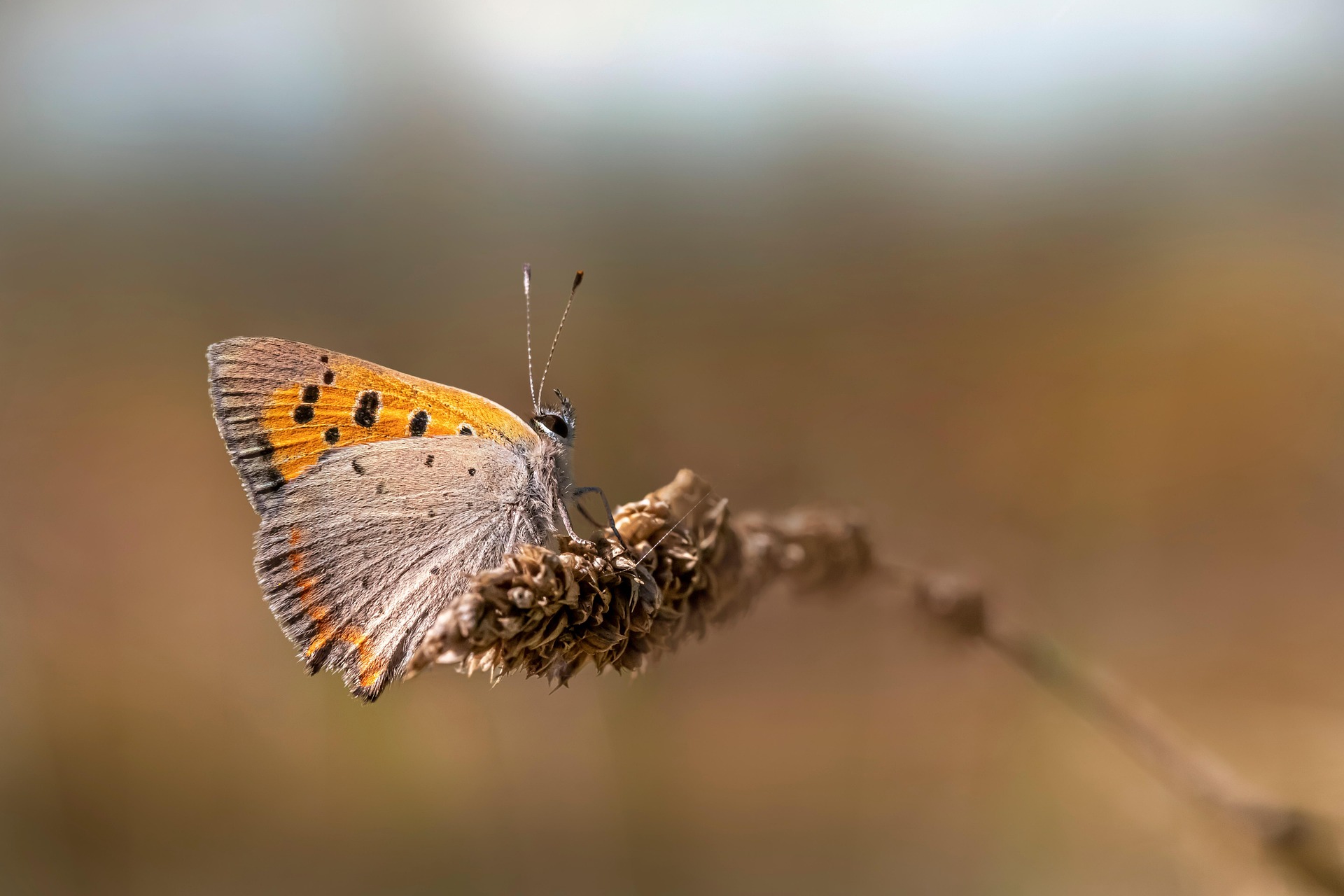
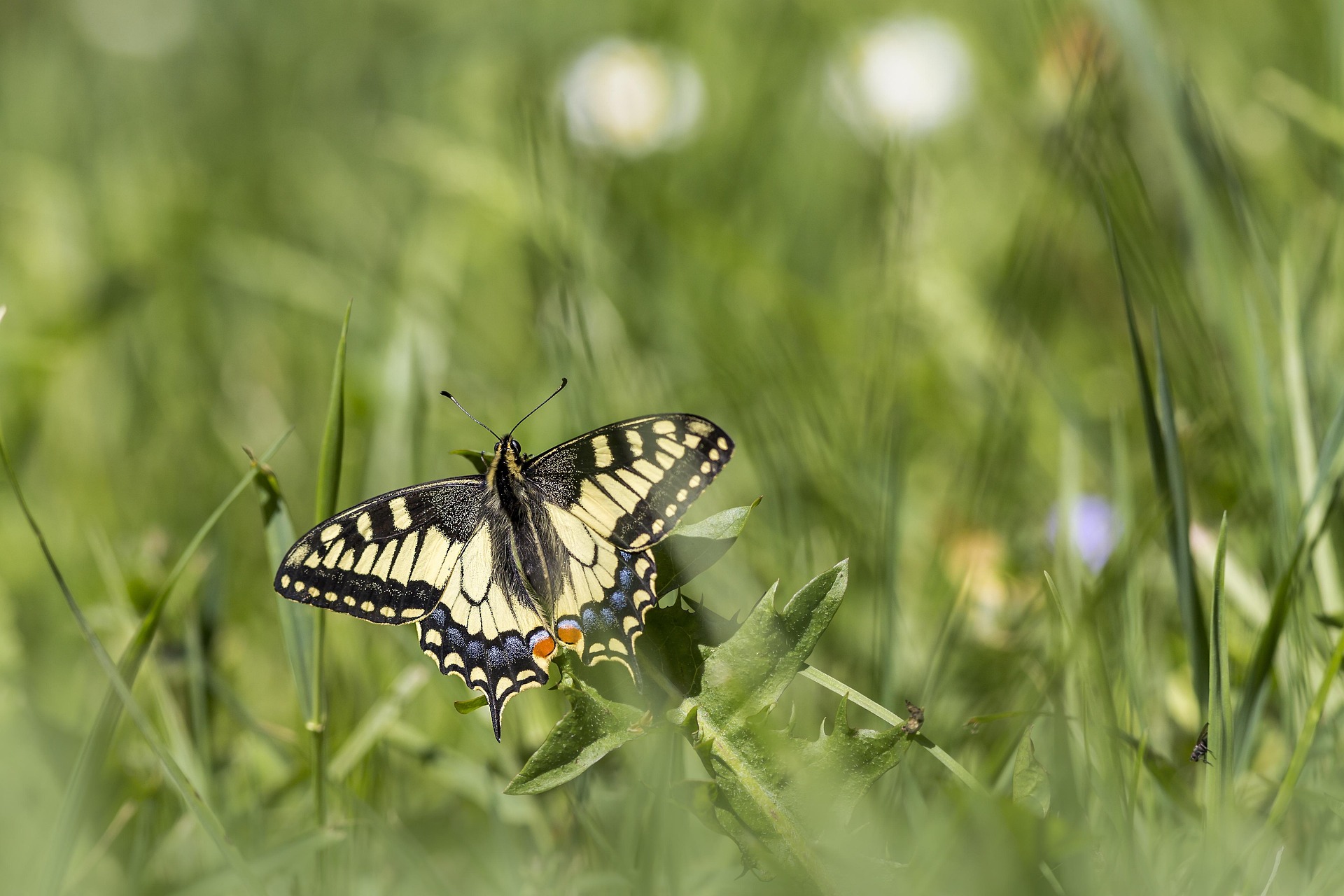
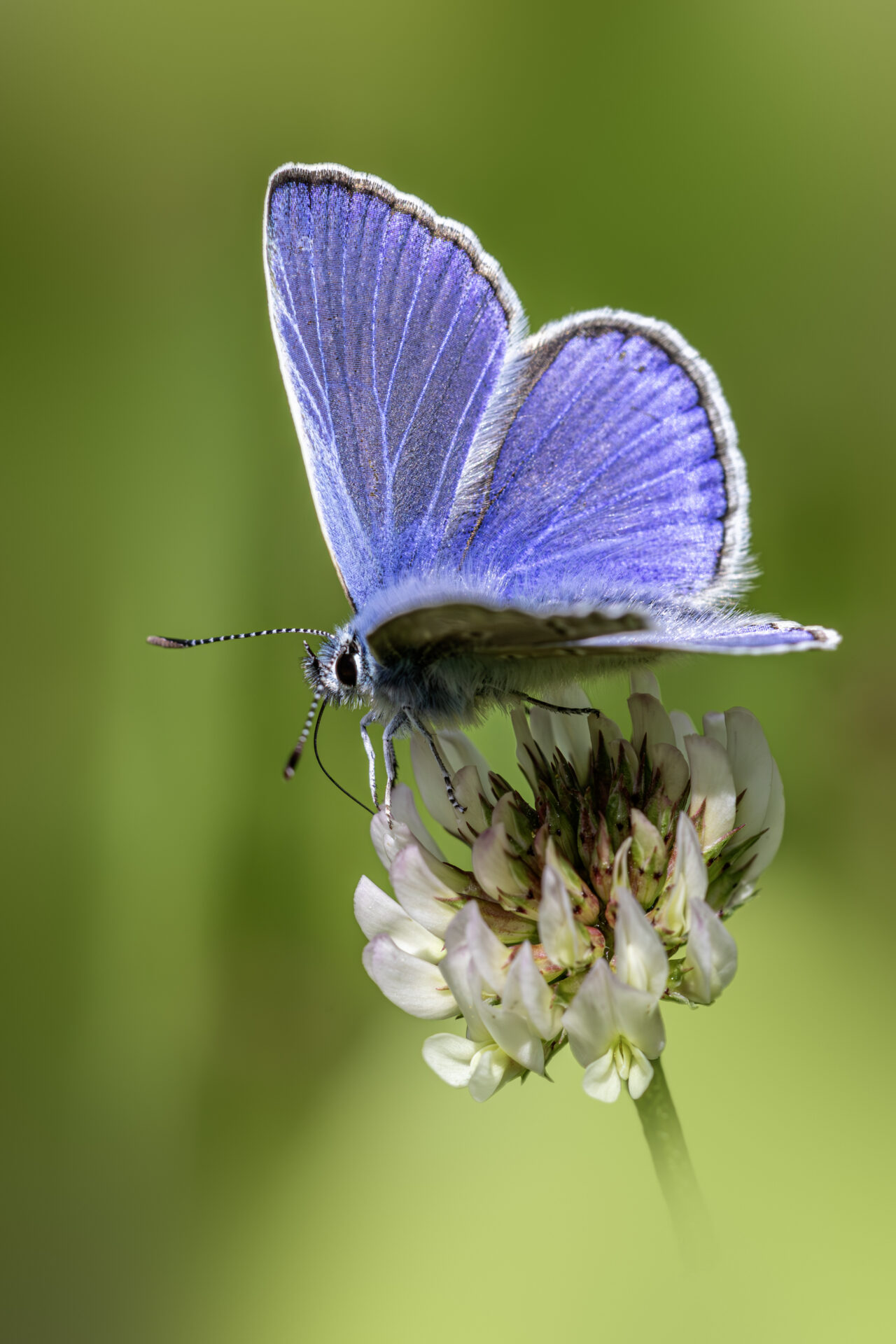
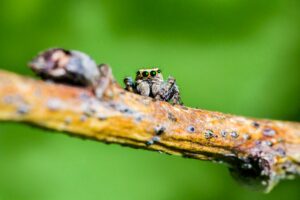
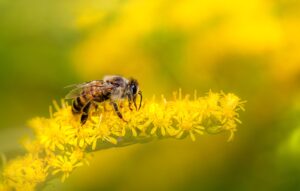
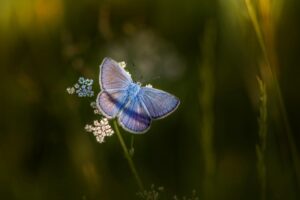
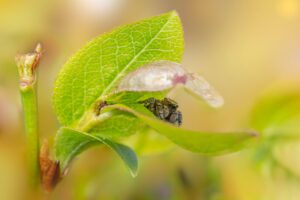
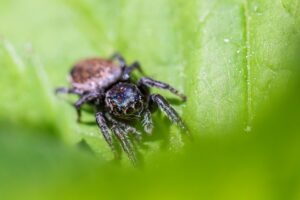
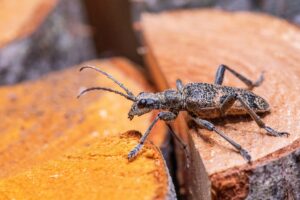
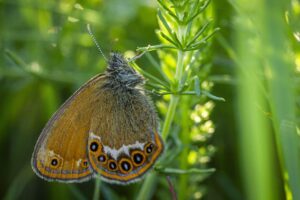
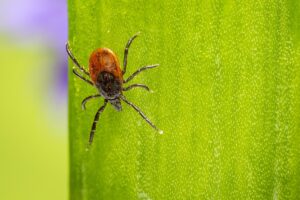
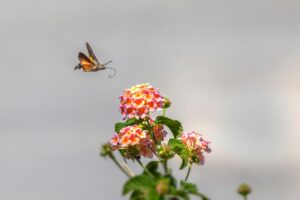

Post Comment